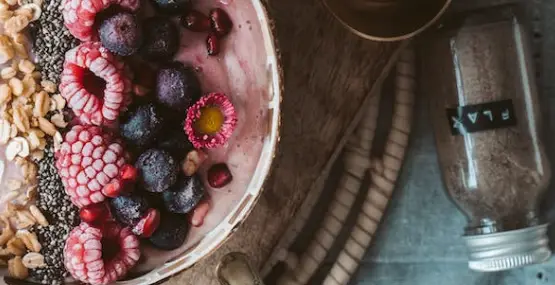
Managing constipation
How to manage being backed-up
-Constipation is more about the texture of bowel movements or poops, not how often you poop. Passing hard, little pellet poops, even if every day, is still considered constipation.
Some children try not to pass hard, rough poop for fear it will hurt and may even cause a few drops of blood. The two urges fight against each other; one to empty the poop and the other to withhold it. This is the start of a cycle of withholding. Constipation can steadily worsen as the child holds back more and more.
Toddlers who have this problem, may have a difficult time toilet training. As the child grows, this problem can result in accidents, too much time in the bathroom and cause a condition called rectal prolapse from straining on the toilet.

When Does It Start?
Constipation can happen at many different times. For example: drinking lots of milk ; afraid of toilet training; becoming less active; or even emotionally when a new baby is brought home.
When a child is sick and is not getting enough fluids, their poops can become harder to pass.
Heredity also is a factor. If your bowel habits are slow, your child's may also be slow. Other causes are rare, such as Hirschprung's disease, when the nerves are absent in part of the large intestine; or other conditions that your doctor can look for if our recommendations don't work.
Most of the time, it's related to diet and heredity.
The Dietary Difference
What your infant or child eats directly affects the texture of the poop. Fiber and fluids matter most. Fiber holds onto water and creates bulky poops that are easy to pass. Diets low in fruits, vegetables, whole grains, nuts, beans and fiber, with lots of high fat foods, starches and highly processed foods tend to make poops that are harder to pass. This often leads to cramping and hard poops that may be accompanied by blood. And they may begin to hold back, not necessarily because they want to but because their body tenses as the hard stool starts to come out.
Fiber Needs
Fiber needs are based on age and size. The easiest way to remember it is:
5 grams + 1 gram for every year of age (a 10 year old would need 5 grams+ 10 grams x1 = 15 grams per day )
That formula works all the way up to 20 years of age. Adults needs 25 – 35 grams per day. That amount seems to help create softer poops.
Beyond pooping, fiber also "feeds the healthy intestinal flora" which promotes a healthier child.
Getting More Fiber
Fruits, vegetables, whole grains, nuts, seeds and beans are the best sources of fiber except for those on diets restricting these foods.
My tip, have your child hold up 5 fingers and then make a fist, this is the simple reminder to eat 5 fists of fruits and vegetables daily. Encourage your child to try new fruits and vegetables to take care of their bodies, feel better and poop easier. On top of the fruits and veggies, add 3 servings of whole grains. Start with whole grain cereal with fruit or whole grain toast for breakfast. Other ways to add fiber is with tasteless fiber powders that can be added to drinks, fiber bars, or fiber gummies.
Your Checklist
- Give plenty of water and/or full-strength warm prune, pear, or apple juice instead of milk,
- Offer high-fiber foods, such as:
- fruits and vegetables, especially with skin or peel if possible (crush grapes to prevent choking–– and know that raw apples and bananas can be constipating )
- whole grain cereals––barley; oatmeal (regular, not instant); Cream of Wheat; cornmeal; grits; All-Bran (can be sprinkled into other foods); Cheerios (contains oat bran)
- wheat bread; wheat crackers
- brown rice
- applesauce (The fiber in applesauce attracts water in the intestine, and softens the stools).
- sweet potato
- juices with pulp
- carrot juice
- Beans
- dried fruit for older kids (causes cavities so teeth should be brushed as soon after eating as possible)
- Discontinue bananas, rice, and rice cereal.
When Diet Doesn't Work
Try adding a probiotic, like Bifidobacter, which can help. Be careful though. Use probiotics that are early in their shelf life (they usually have a higher count of colony-forming units), and stay away from those that advertise that they mainly help when your baby has diarrhea.
Using a potty chair (so their feet are firmly on the floor instead of dangling), and giving them something to do so they aren't rushed can help. One of the best choices is blowing bubbles or a pinwheel, so they tighten their abdominal muscles and can't hold back the poop.
Your doctor might recommend a laxative. If none of these steps work, it may be time for testing from a pediatric gastroenterologist.




